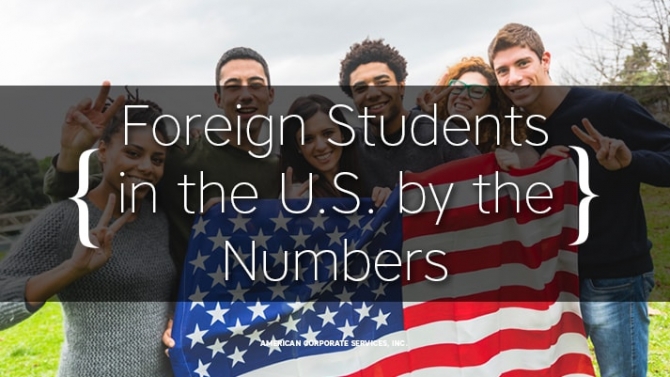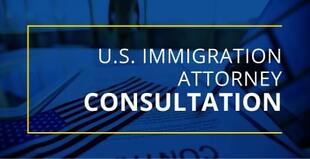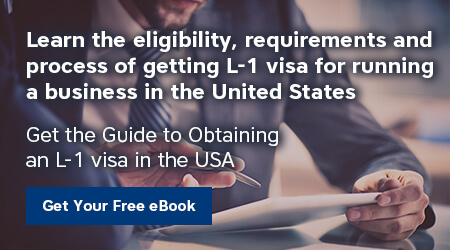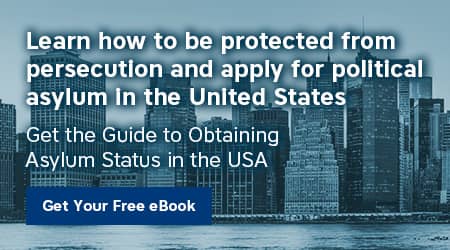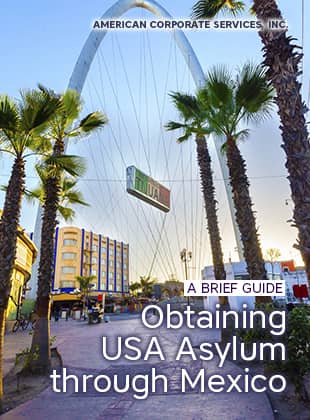WASHINGTON, DC – The Student and Exchange Visitor Program (SEVP) recently released its Biannual Report on International Student Trends. The report updates select statistical information about non-immigrant students in the U.S. under F-1, M-1, and J-1 visas.
The F-1 and M-1 visas are granted to international students whose primary purpose is to complete either an academic (F-1) or a vocational (M-1) course of study at an SEVP-certified school or program. J-1 visa holders are participants in U.S. Department of State authorized exchange programs.
Where They Come From
The overwhelming number of F-1 and M-1 students come from Asia (925,349), with Europeans next at 85,094. The number of students from Canada and Mexico (North America) is 63,380, marginally more than the 61,895 from South America. Just over 54,000 students originate from African countries. All told, there are students from 229 countries represented in the U.S. academic community.
Where They Study
According to the report, “California continued to have the highest international student population, followed by New York and Texas. Together, these three states hosted 35 percent of the entire international student population.” Although there are currently 8,744 SEVP-certified schools, 20 percent of those did not enroll any F-1 or M-1 students.
Some schools are certified as F-1, some as M-1, and some as both. “The top 10 most popular F-1 programs hosted 10 percent of the entire international student population.”
| Rank | School | Enrollment | Rank | School | Enrollment |
| 1 | NYU | 16,960 | 6 | Arizona State | 11,239 |
| 2 | USC | 14,640 | 7 | Purdue | 10,798 |
| 3 | Northeastern | 14,248 | 8 | Penn State | 10,221 |
| 4 | Columbia | 12,785 | 9 | City U of New York | 9,160 |
| 5 | Illinois | 11,474 | 10 | Boston University | 8,986 |
Cornell University has the highest enrollment of students (6,289) for schools with both F-1 and M-1 certification.
The states with the greatest number of SEVP-certified schools are led by California (1,173), New York (640), Florida (547), Texas (509), and Massachusetts (370). Not surprisingly, California is also host to the greatest number of international students (195,265), followed by New York (138,751), and Texas (86,076). The total population of students is, nonetheless, rather evenly spread across the Northeast, the South, the Midwest, and the West.
What They Study
A total of 1,019,333 international students are seeking associate, bachelor’s, master’s, or doctorate degrees. Of those, 169,359 are pursuing bachelor or master’s degrees in business, management, and marketing-related concentrations. Another 284,483 are pursuing bachelor or master’s degree in STEM-related studies.
The doctoral candidates are comprised of 45,373 engineering students, 19,249 studying physical sciences, and 14,671 focusing on biological and biomedical sciences.
The Student and Exchange Visitor Program (SEVP) is part of U.S. Immigration and Customs Enforcement’s (ICE) Homeland Security Investigations within the U.S. Department of Homeland Security (DHS). SEVP manages the Student and Exchange Visitor Information System (SEVIS), the web-based system DHS uses to maintain and manage information on the nonimmigrants whose primary purpose for coming to the United States is to study.
American Corporate Services specializes in assisting international students to obtain visas and to aid in helping them feel at home, either temporarily or permanently, in the United States.

